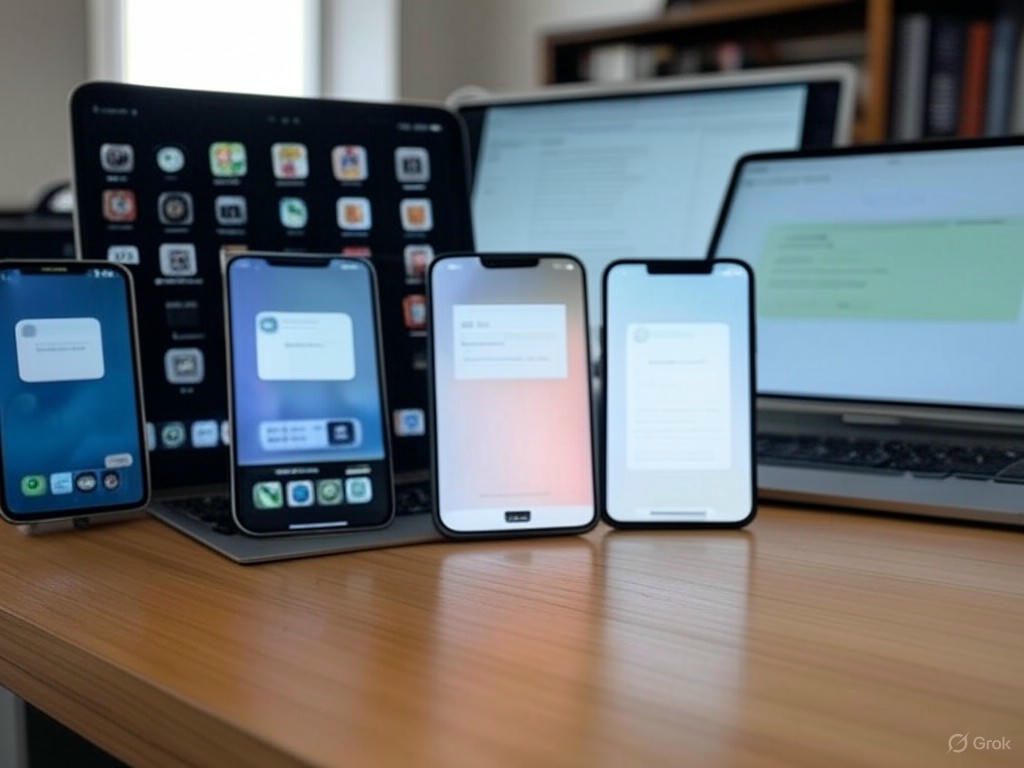Apple’s Latest Software Update: Which Devices Will Be Left Behind?
As technology races forward, Apple is gearing up to unveil its latest software updates—iOS 26, iPadOS 26, and macOS 26. With each new release, the tech giant pushes the boundaries of innovation, introducing features that promise to enhance user experience and security. However, this progress often comes at a cost: older devices may no longer be compatible with the cutting-edge software, leaving some users unable to access the latest tools and updates. Reports suggest that a significant number of iPhone, iPad, and Mac models might not make the cut for this year’s software rollout, sparking concern among Apple enthusiasts who rely on their trusty gadgets.
Every year, Apple evaluates its hardware lineup to determine which devices can handle the demands of new operating systems. The upcoming updates are rumored to require more powerful processors and increased memory capacity to support advanced functionalities like improved artificial intelligence capabilities and seamless integration across Apple’s ecosystem. While the company has not yet released an official list of supported devices, industry speculation points to older models—potentially those released before 2018—being phased out. For iPhone users, this could mean that models earlier than the iPhone XR or XS might miss out. Similarly, iPads from before the iPad Air 3 or iPad Pro (2nd generation) could be excluded, while certain MacBook, iMac, and Mac Mini models with dated hardware might also lose compatibility with macOS 26.
This move, though disappointing for some, aligns with Apple’s strategy to optimize performance and ensure a smooth user experience. Older hardware often struggles to keep up with the resource-intensive features of modern software, leading to sluggish performance or security vulnerabilities. By drawing a line on compatibility, Apple encourages users to upgrade to newer devices that can fully leverage the potential of the latest updates. However, this decision also raises questions about sustainability and the financial burden on consumers who may not be ready to invest in new hardware. For those with devices on the cusp of obsolescence, the update serves as a reminder to plan ahead—whether by budgeting for a replacement or exploring alternative ways to maximize their current device’s lifespan.
As the anticipated release date for iOS 26, iPadOS 26, and macOS 26 approaches, Apple users are advised to stay tuned for official announcements, expected around mid-2025. Checking device compatibility will be crucial before attempting to install the new software, as unsupported devices could face installation issues or loss of functionality. In the meantime, backing up data and exploring trade-in options for older models could ease the transition. While the exclusion of certain devices may frustrate loyal customers, it also underscores Apple’s commitment to pushing technological boundaries. For now, the Apple community waits with bated breath to see which devices will continue to thrive in the ever-evolving digital landscape and which will be relegated to the past.


